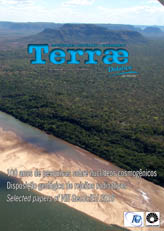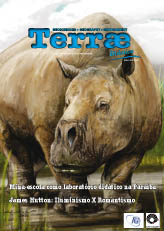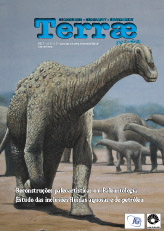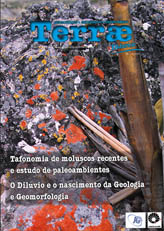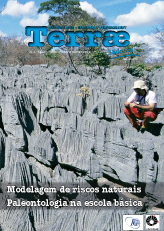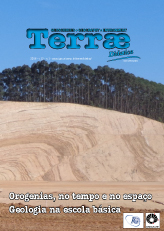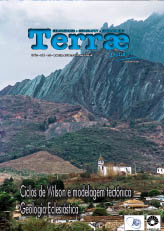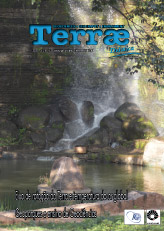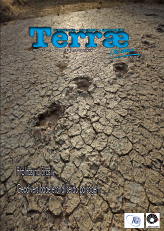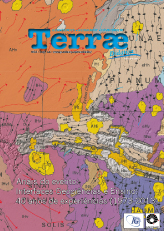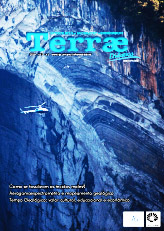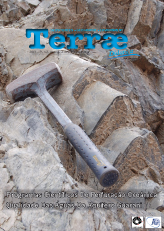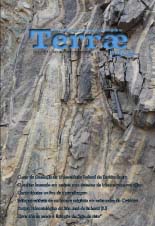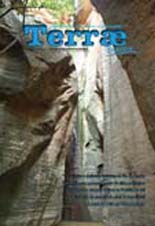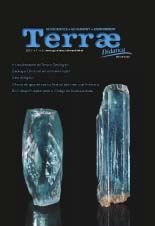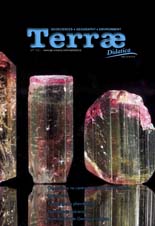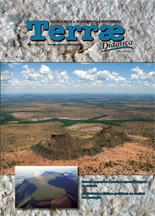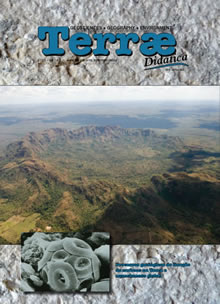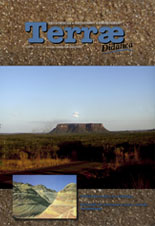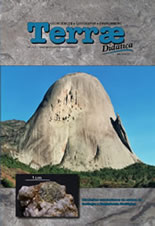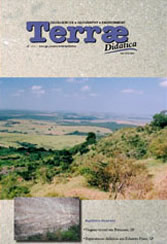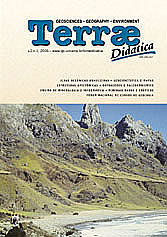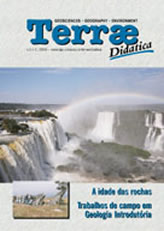Campinas-Brasil
ISSN 1980-4407

 ___________________
___________________ __
__
Volume 14, n2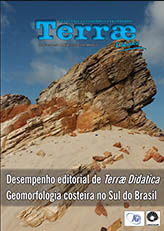
Volume 14, n1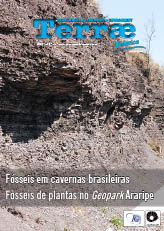
Volume 12, n3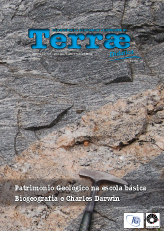
Volume 10, n2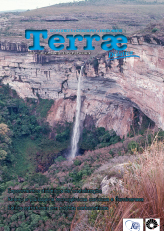
Volume 8, n2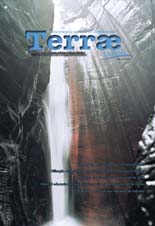
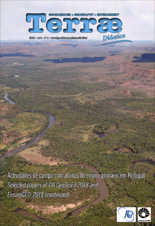
Can the augmented reality sandbox help learners overcome difficulties with
3-D visualisation?
Mary Evans
School of Geography, Archaeology and Environmental Studies, University of the Witwatersrand, Private Bag 3, Johannesburg, 2050, South Africa
mary.evans@wits.ac.za,
Bridget Fleming
St John’s College, Johannesburg, 1st David’s Road, Houghton, 2198, South Africa
fleming@sjc.co.za,
Zinhle Thwala
School of Geography, Archaeology and Environmental Studies, University of the Witwatersrand, Private Bag 3, Johannesburg, 2050, South Africa
Gillian Drennan
School of Geosciences, Johannesburg, University of the Witwatersrand, Private Bag 3, WITS, 2050, South Africa
gillian.drennan@wits.ac.za
Abstract: Research has shown that students have difficulties in understanding topographic maps and landforms associated with contour patterns and therefore have problems in reading and interpreting topographic maps and relating these 2-dimensional representations to a real 3-dimensional environment. However, maps are a fundamental tool for understanding geographical concepts and solving geographical problems. Current research indicates that this is not uniquely a South African problem and various attempts have been made to address this problem such as the use of videos, models and fieldtrips – each with their own limitations and difficulties. Nevertheless, the ability to visualize in 3-dimensions from a 2-dimensional representation is an essential skill in understanding and interpreting topographical maps. To address the problem of 3-D visualisation, an augmented reality sandbox (AR-Sandbox) was introduced to a Geography classroom, to Grade 11 students at a Secondary school in Johannesburg, South Africa. The aim of this study is to determine the effectiveness of using the AR-Sandbox to enhance the learning of – and improve the learner’s performance – in mapwork, and thereby address the problems experienced with 3-D visualisation. The results of the pre-test and post-intervention test are presented and show that the AR-Sandbox is an effective tool for enhancing an understanding of landscapes rather an improving performance in the construction of cross-sectional profiles.
Keywords: 3-dimensional visualisation, topographic maps, augmented reality sandbox.
DOI: 10.20396/td.v14i4.8654110
Copyright © 2005-2007 - Instituto de Geociências - Universidade Estadual de Campinas - UNICAMP - Brasil - Todos os direitos reservados -
Desenvolvimento: ![]()
